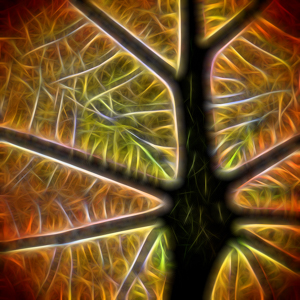
Understanding Reality
in the Vision of Advaita Vedānta
by Wolfgang P., wpl@gmx.net
Read Part 2 of this article
Consciousness is limitless, anantam
What is ‘everything that is experienced’? It is the empirical universe, the world, jagat, which consists of everything we experience. Every object or content of consciousness is jagat, and this jagat is mithyā, depending upon sat-cit for its existence. Not only the gross objects, but also the subtle ones, like emotions, thoughts, concepts and so forth. There is literally no limitation to the possible contents of consciousness. Even when you say, “I found something that cannot be an object of consciousness” you have proven yourself wrong at the very instance, since this ‘something’ has to be already a content of consciousness to make the claim in the first place.
Is consciousness limited space-wise or time-wise? If yes, consciousness would be an object within space and time, having a certain location, a certain spatial and temporal expansion. But this is not the case. Consciousness is not an object within space and time. It is the other way round: Space and time are experienced in consciousness, so they are also mithyā. Furthermore, sat-cit is not limited spatially. Consequently, there cannot be two of them, otherwise they would have a spatial border. Therefore, sat-cit can only be one. If we apply this reasoning to time, the same applies. As time is mithyā to sat-cit, sat-cit cannot be dependent upon time. Hence, sat-cit is beyond time, which means it is uncreated, ajāti, and eternal. Continue reading
